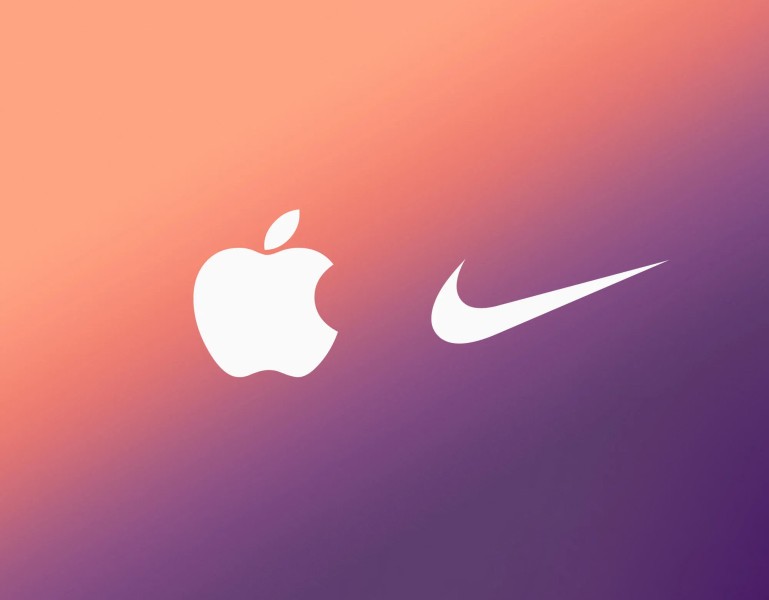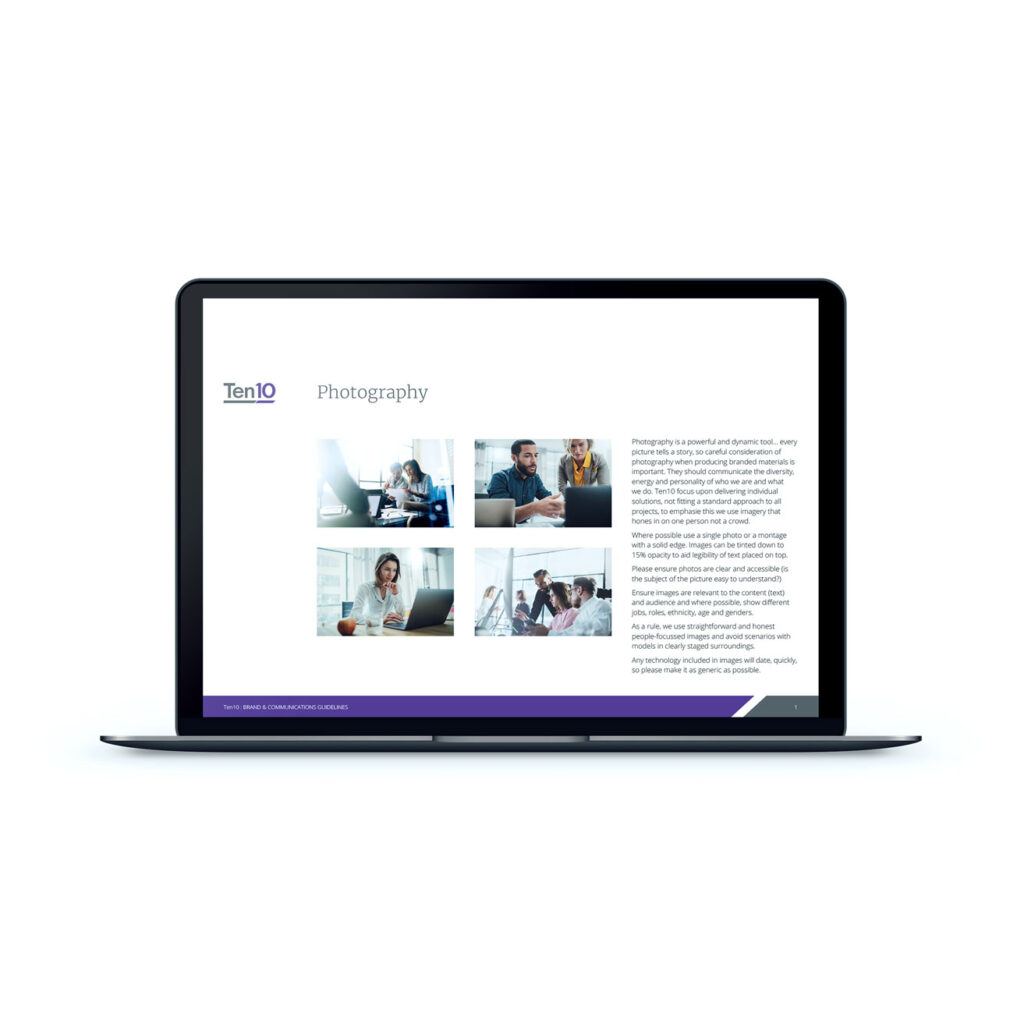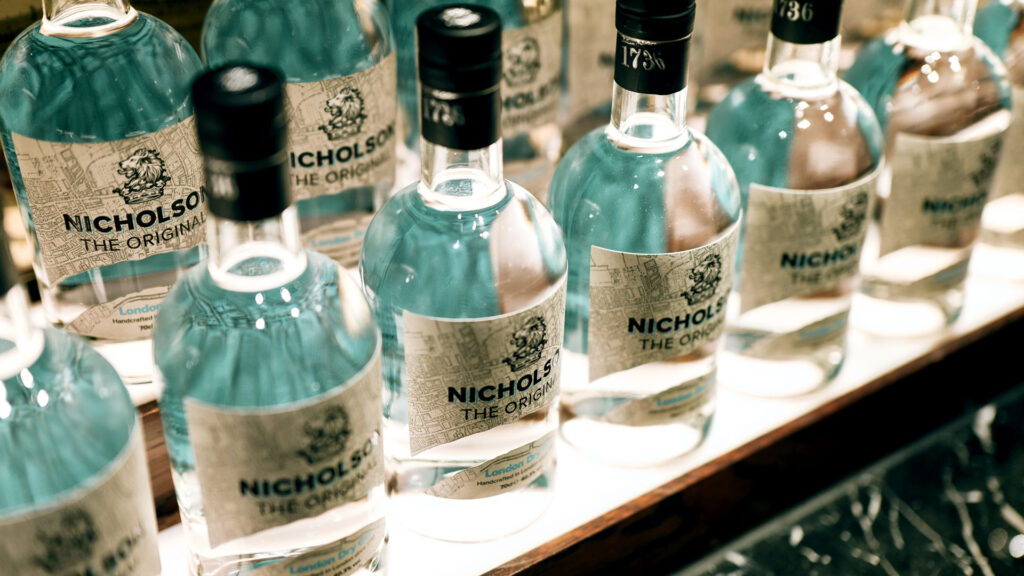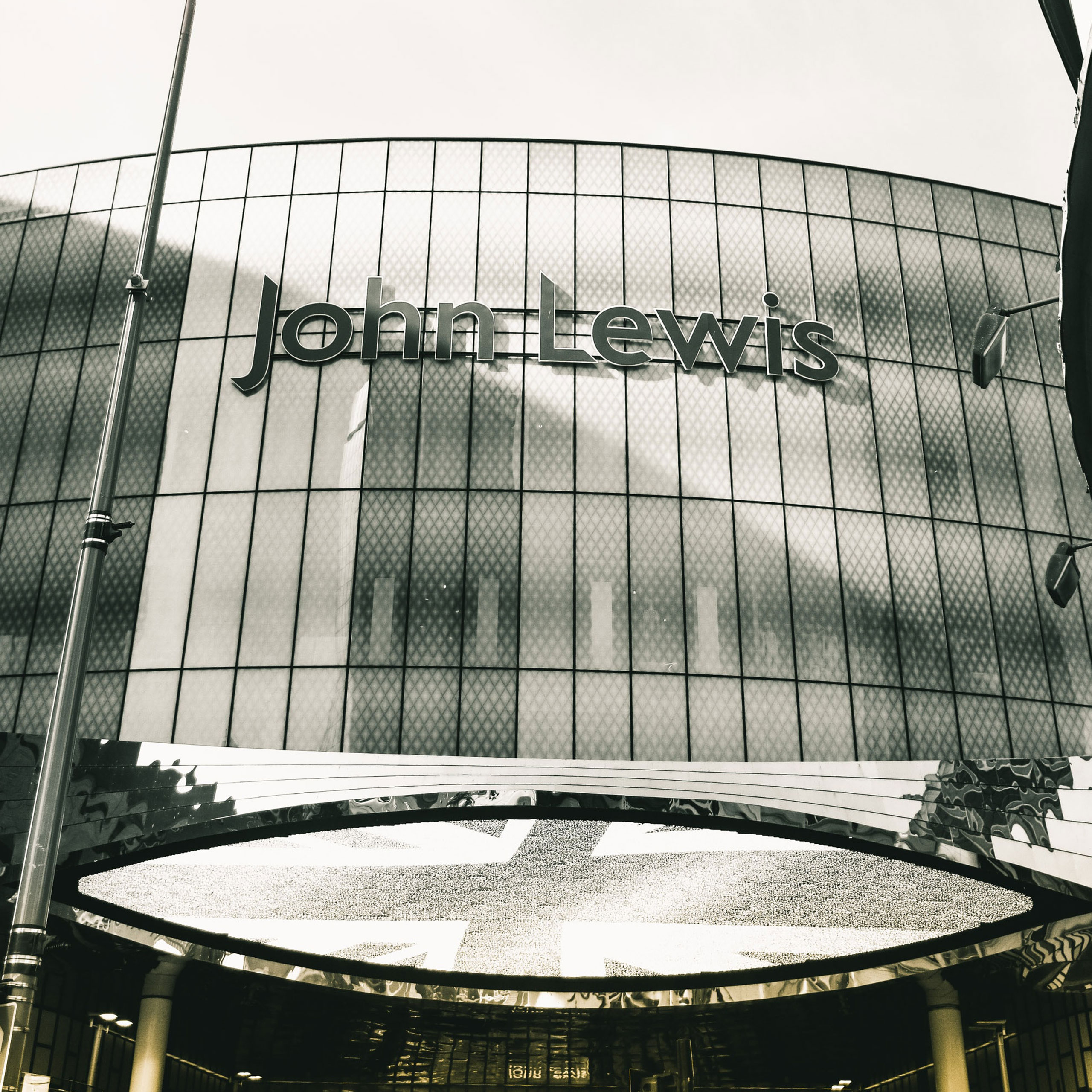OUR BLOG
Blimey O'Reilly!!
A compendium of tales about how we work, advise and just get things done
Establishing a brand from scratch, or reinventing an existing one, should follow the same process, which will always deliver a result.
- 5th Nov 2022
It may sound simplistic but that’s often the request we receive; our immediate response being, why do you need a website and what is its purpose?
- 15th Dec 2022
Why do so many sales decks look the same and why do businesses ask us to make theirs look, well, better? Without wanting to sound too simplistic
- 9th Jan 2023
Establishing a brand from scratch, or reinventing an existing one, should follow the same process, which will always deliver a result.
- 5th Nov 2022
It may sound simple but that’s often the request we receive; our immediate response being, why do you need a website and what is its purpose?
- 15th Dec 2022
Why do so many sales decks look the same and why do businesses ask us to make theirs look, well, better? Without wanting to sound too simplistic
Establishing a brand from scratch, or reinventing an existing one, should follow the same process, which will always deliver a result.
- 19th April 2023
Design plays a crucial role when creating an information memorandum (IM)
- 15th June 2023
Establishing a brand from scratch, or reinventing an existing one, should follow the same process, which will always deliver a result.
Design plays a crucial role when creating an information memorandum (IM)
- 2nd June 2023
Well, back in the day the commercial team in retail would shout
I was fascinated to read Mary Portas’ open letter to John Lewis a few months back and this piece
- 15th August 2023
I was fascinated to read Mary Portas’ open letter to John Lewis a few months back and this piece
It took a while for the penny to drop last year but, suddenly, it was there as plain as day. Hermes had metamorphosed into Evri.
Great brands are built over time through a combination of factors, including consistent quality, emotional connection, and strategic marketing.




















